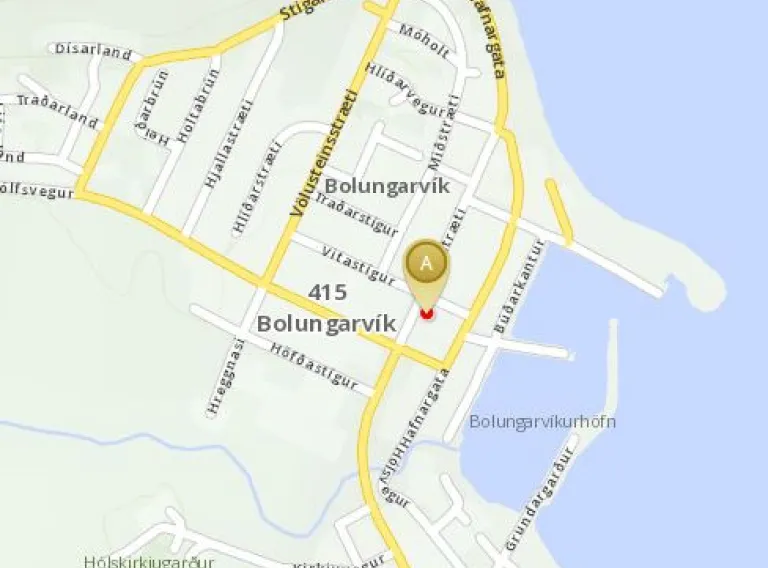
The Research Centre is home to basic and applied research projects on coastal and marine biota and the utilisation of marine products. Most projects at the centre are conducted with grants from competitive funds and are therefore completed within a set timeframe, often with the involvement of postgraduate students.
The long-term goals are to develop a centre of knowledge and facilities to research the sea around the West Fjords, support the use of scientific data in utilisation of coastal areas, and understand the part marine products play in regional development in Iceland.
Follow us on Facebook












